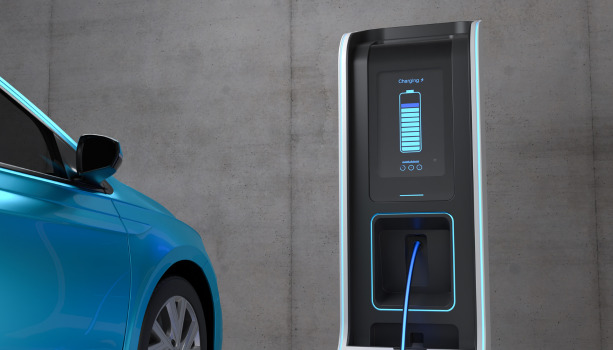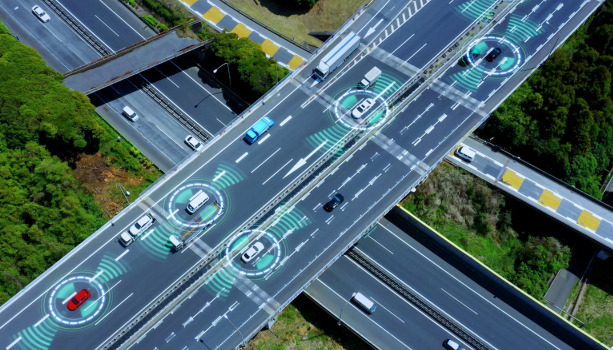Are Electric Vehicles Environmentally Sustainable?
Have you ever heard of anyone talking about how smartphones are environmentally friendly because they do not generate emissions? Probably not. Instead, you would more likely hear criticisms on the build-up of electronic wastes. Then why do we think electric vehicles (EVs) are green?
EVs are only green because they are relatively greener when compared to conventional gasoline-powered vehicles. Yet, when speaking absolute terms, there is still plenty of room for improvement because environmental friendliness does not equal to environmental sustainability. Even though EVs do not generate emissions during usage, pollution could still potentially occur during two other stages: the power generation stage and the battery disposal stage. Whether EVs are truly environmentally sustainable heavily depends on these two factors.
Pollution at the power generation stage has long been a widely discussed topic for decades. Yet, this is not something to criticize the EV for because it is not a problem within the EV itself. Moreover, there is a clear solution for it; we all know countries around the world are working hard towards increasing their share of renewable energy consumption. Thereby, pollution at the power generation stage will gradually decrease in the long run, eventually reaching environmental sustainability.
On the other hand, most skepticism and resistance of the EV stem from the potential pollution at the battery disposal stage. This is because it is a new problem created by the EV itself. Even though in fact we are eliminating a larger problem by creating a smaller problem, our minds are wired in a way in which losses loom larger than gains, as Kahneman and Tversky’s Prospect Theory suggests. Therefore, to completely persuade all people to adopt EVs, we must eliminate this potential electric vehicle batteries’ disposal problem first.
What Does an EV Battery Look Like?
Two types of batteries are commonly found in EVs. First, there is the lithium-ion (Li-ion) battery, which is by far the most used battery in EVs today thanks to their low manufacturing cost and ability to retain power. The second type is the nickel-metal hydride battery, which has the advantage of a longer lifecycle. However, they are almost solely used in hybrid vehicles because of their high self-discharge rate – a problem critical to battery electric vehicles (BEV) but not so much for hybrids. (In a previous infographic, we broke down four types of EVs and discussed their pros and cons. For a recap on that, refer to: The Different Types of Electric Vehicles.)
Lithium-ion batteries are the same type of battery used in consumer electronics like smartphones. While a smartphone battery contains a single cell, a EV battery pack consists of thousands of such cells. Due to such scale, EV batteries last at least eight to ten years, or 160,000 kilometers before their performance start to drop. This is a significantly longer lifecycle than smartphone batteries, which only last two to three years. However, the scale of the battery packs also creates a challenge in disposal.
How Can Electric Vehicle Batteries be Treated at Their End of Life?
The global production capacity for lithium-ion batteries today is ten times that of ten years ago, partially due to the increased demand for smartphones, but largely due to the demand forecast for EVs. At the same time, the first generation of BEVs and hybrids are now reaching their end of life, meaning that we are now facing the beginning of a massive wave of retired batteries waiting to be treated. As the ticking time bomb starts to run out of time, a lot of controversies started arising on whether EVs are truly an environmentally sustainable means of transportation.
This is indeed a problem, but not an unsolvable problem. Environmental engineers have been working on a wide range of possible solutions to treat retired batteries. It is only a matter of time before the industry adopts these solutions.
Most energy experts suggest a two-step solution, that is to reuse the batteries to their fullest, and recycle as many of the components as possible. Let us take a deeper look at how these can be done.
First, Reuse
A battery is only completely dead when it can no longer be reused to power anything. For instance, after a set of alkaline batteries get retired from powering an RC car, they can still be used to power TV remote controls for another six months. The same idea goes for electric vehicle batteries. Engineers suggest using retired EV batteries for less demanding purposes, such as storing energy to power houses and buildings. This is especially considering that EVs have very high requirements for batteries, such that a 20% drop in battery capacity would end up needing replacement. Hence, after a battery pack becomes no longer fit to power a car, it would most likely be still perfectly fine for less demanding tasks. It is estimated that a retired EV battery pack has enough collect-discharge capacity to power a solar-powered house for another seven to ten years.
Many automotive manufacturers are quickly stepping into the game to capture this blue-ocean market. Toyota has signed a contract with 7-Eleven in Japan to install retired electric vehicle batteries from their cars in 7-Eleven convenience stores. These batteries would be used to store energy collected from solar panels and use them to power the appliances in the stores. GM, BMW, and BYD are also looking for ways to reuse their batteries to power homes, stores, and car charging stations.
Then, Recycle
Of course, after reusage, batteries will eventually reach a point where they are no longer functional for any task. This is when they finally need to be recycled.
The recycling process for lithium-ion batteries is called hydrometallurgy. The most common method of hydrometallurgy used today is called leaching, which requires the use of strong acid to dissolve the battery into a liquid metallic solution, then separate the solution to recover the raw materials. This process is not easy because it requires the recycler to first remove the plastic coating on the batteries and completely drain the power out of them first. Since lithium-ion batteries do not have standardized sizes, it is very expensive for third-party recyclers to perform all these tasks. As a result, only 10% of lithium-ion batteries today – mostly coming from electronic devices – are recycled. Even among those 10% recycled, only about half of the components are recovered as raw materials, with the other half being dumped.
Do not be discouraged by such a low figure, because it is not a result of technical challenges, but instead due to a lack of readiness. Hence, as the industry starts to take appropriate measures to adapt to these changes, the future is very promising. With standardized battery sizes, standardized packaging, and dedicated recycling facilities, the recycling cost can be remarkably reduced. Moreover, if automakers start to recycle their own batteries, it is totally possible to reach a recycling rate above 90%.
To put it in perspective, the recycling rate of lead-acid batteries found in gasoline-powered vehicles is 99.2%, in which 99% of the lead is recycled. Alkaline batteries also have a recycling rate above 90% thanks to their standardized sizes and components. Therefore, it is only a matter of time until EV batteries match these figures.
Many news startups have been created to compete in this aftermarket. Automotive manufacturers around the world are also starting to take the responsibility of battery recycling. For example, Volkswagen Group Components, a subsidiary of the Volkswagen Group, has been created to fully dedicate its work into battery recycling, with its goal of returning 97% of the components inside a battery back into the manufacturing process. The Chinese government even went a step further by making a law that requires car manufacturers to take full responsibility in recycling their batteries.
In the end, as the demand for batteries continues to rise, the recycling industry is expected to catch on quickly within the next few years. Energy researchers are expecting that by 2025, about 75% of all electric vehicle batteries will be reused for different purposes, then broken down and recycled to use as raw materials again in the manufacturing process.
A Bright Future for the EV Industry
Even though EVs might not be completely environmentally sustainable yet, the long-term prospect is promising. As the battery reuse and recycling industry catches up, EVs will soon become a critical part of the renewable energy supply chain. To learn more about the EV’s role in the power grid, read: How Plug&Charge Might Make EV Charging a Lifesaver.
To keep informed with the latest news on mobility tech and automotive cybersecurity, subscribe to AUTOCRYPT’s monthly newsletter.



